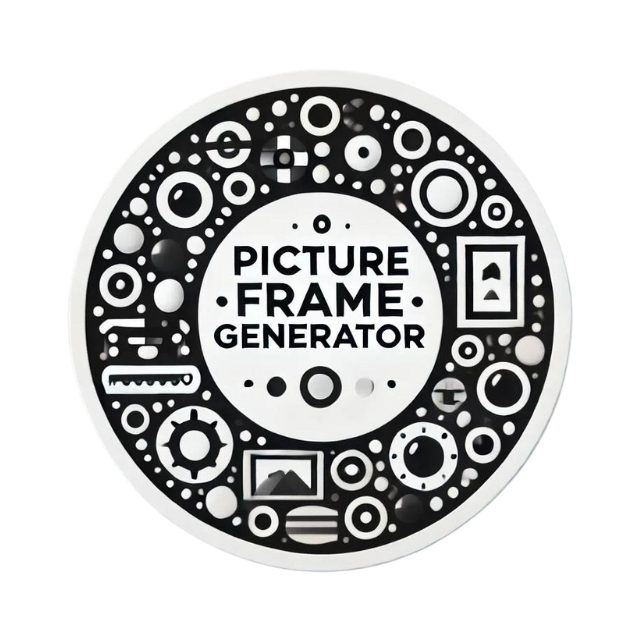The Art of Minimalist Framing - Less is More
Discover the art of minimalist framing, where simplicity and elegance combine to let your artwork truly shine. Learn how less is more in enhancing the beauty of paintings, photographs, and prints. Dive in to master the subtlety of minimalist design!

The Art of Minimalist Framing: Less is More
Framing art is not merely a mechanical necessity, but an art form in itself—a delicate balance between enhancing the artwork and allowing it room to breathe. In minimalist design, this concept is embodied with core principles of simplicity and elegance. This blog post delves into the world of minimalist framing, providing you with expert insights and guidance on how best to present art in its purest, most impactful form. By the end of this reading, you'll understand that less truly is more when it comes to the art of minimalist framing.
Understanding Minimalist Framing
Minimalist framing is an approach that champions the ethos of simplicity, using clean lines, neutral colors, and unembellished designs that do not detract from the art itself. This method is predicated on the belief that frames should serve to highlight and subtly support the art they encase, rather than compete with it.
A minimalist frame is often characterized by its understated appearance. Typically crafted from wood or metal, these frames favor thin profiles and muted tones, often with a matte finish. Glass or plexiglass coverings are used for clear visibility without creating an overwhelming barrier between the viewer and the artwork. The ultimate goal is to create a seamless viewing experience where the art remains the star of the show.
The Impact on Various Art Forms
While minimalist frames may all follow similar principles, their impact can vary widely depending on the artwork they enclose. Different types of art pieces can call for subtle variations in framing. Here, we explore how minimalist frames can enhance various art forms:
Paintings
Minimalist frames are particularly favorable for contemporary and abstract paintings. The simplicity of the frame can provide a sharp visual contrast to bold colors and dynamic brushstrokes. Yet, it does not overshadow more subtle and nuanced works. Neutral frames can complement natural pigment tones, while frame materials like light oak or brushed aluminum can reflect such subtleties, accentuating the painting without intrusion.
Photographs
For photography, minimalist frames can both unify and elevate photographic prints. Black or white frames are particularly effective in creating focus and enhancing contrast, allowing the photograph's nuances to emerge. Given the wide ranging styles of photography—from vibrant landscapes to moody black-and-whites—a minimalist frame can be adaptable. It's vital, however, to remain conscious of the photograph's tone, ensuring that the frame allows the image to 'speak' freely.
Prints and Drawings
Graphic prints and sketches benefit from minimalist framing through an emphasis on crisper lines and finer details. Thin frames and wide matting can significantly enhance print works by providing space for the viewer's eye to navigate the intricate lines and shapes without distraction. More so than other art forms, prints and drawings tend to thrive in frames that offer contrast—something as simple as a stark black or white frame edge can redefine the viewing experience.

Choosing Simple Frames for Art Presentation
The art of choosing the right frame lies in understanding both the artwork and its context. Here are guidelines to help you select the perfect minimalist frame for art presentation:
Frame Color Selection
When selecting a frame color, it's essential to match it with the dominant tones within the artwork. Generally speaking, neutral colors—like black, white, or gray—are the safest bets and are a staple of minimalist framing. However, if your art already has strong monochromatic elements, a frame that incorporates an accent color found within the piece may add a compelling completion without overshadowing the art.
Material Integrity
In minimalist framing, less variety often means greater integrity. Wood and metal remain the reigning champions here, offering a tactile quality alongside visual subtlety. While wood provides warmth, texture, and a traditional aura, metal exudes modern minimalism and durability. Consider the context of the viewing space and the artwork itself when weighing these options.
Simplicity and Elegance Combined
Framing is an art form that, when done with careful consideration, can enhance the perception and appreciation of art without taking center stage. Whether it's the expansive brushwork of a painting, the captured moment in a photograph, or the precise detail of a drawing, minimalist frames offer the versatility needed to present art elegantly and compellingly.
Conclusion
Embracing minimalist framing is about more than just aesthetics—it's about thoughtful art presentation that respects what's inside the frame. The adage 'less is more' aptly guides this philosophy, where the simplest frames, chosen with due consideration, allow art to command its deserved attention. In the world of art consulting, understanding and utilizing minimalist framing styles is an indispensable skill, enabling artworks to truly shine while ensuring a captivating and lasting impression.
Choosing the right minimalist frame isn't just about buying the simplest option; it's about understanding nuances, appreciating the subtleties, and matching the frame to the artwork and its environment. With these principles in mind, your journey in the minimalistic framing will not only offer aesthetic satisfaction but will also enhance the timeless allure of the artworks you cherish.
